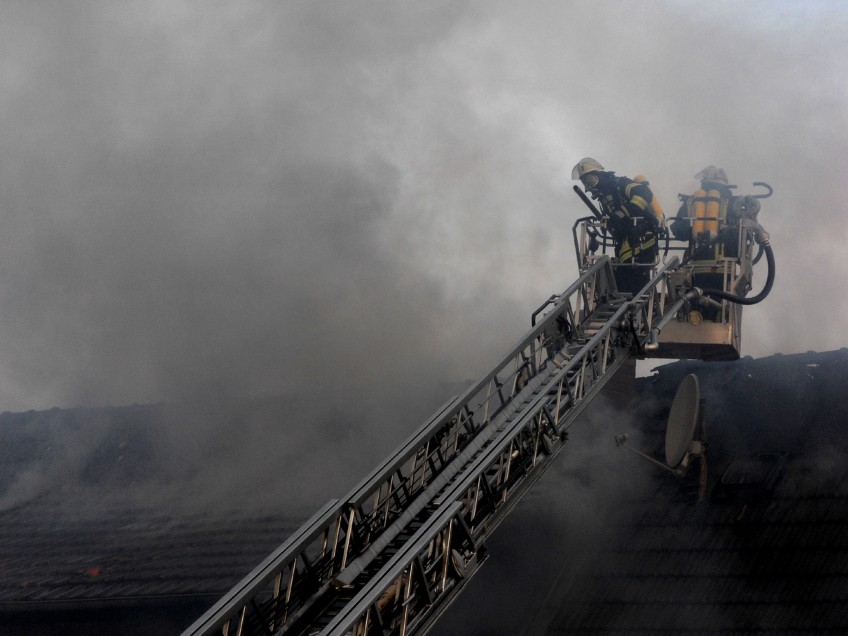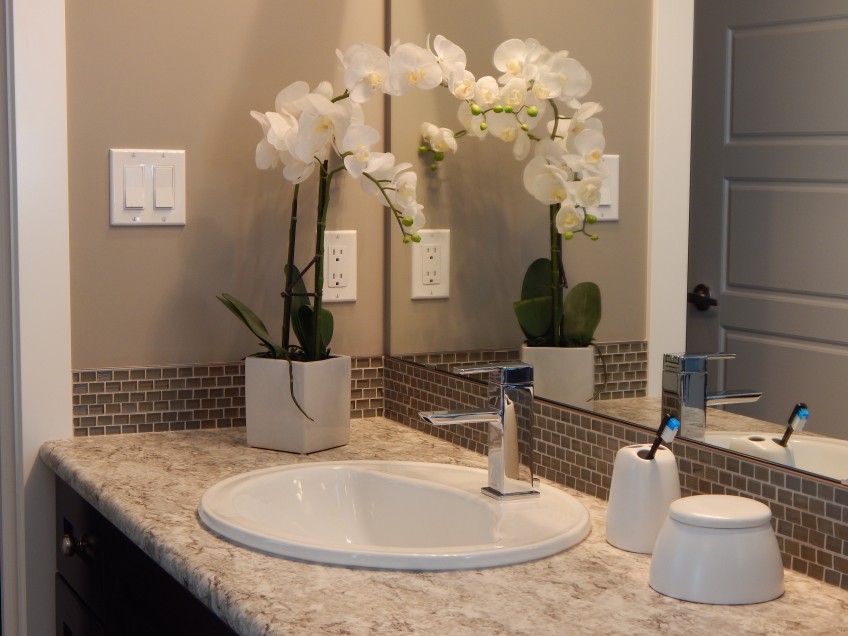Introduction
Having smoke and carbon monoxide (CO) detectors doesn’t do much good if they aren’t powered up! You should proactively change the batteries in your smoke alarms twice a year to ensure they are always fresh. This is a simple task that could save your life.
Step by step
If you don’t have either smoke or CO sensors installed, we highly recommend that you read our full tutorial on “How to Install Smoke & CO Sensors” before going any further. Don’t put this critical safety item off!
Assuming you do have these detectors installed, the U.S Fire Administration recommends you change the batteries every 6 months. This applies whether you have alarms that are hardwired or battery powered. Here’s why.
Hardwired smoke and CO detectors are primarily powered by an electric circuit. Most newer homes will have this style per code. The detectors are then tied together so if one goes off, all will go off. However, each detector will typically have a backup battery installed. This backup battery is critical as it will make sure the detector still works if the home’s power goes out. What are the chances that your power will be out at the same time you have a fire or CO emergency? Better than you might think. Although well-functioning systems have safety mechanisms to prevent this, it is possible that when you lose power you also have malfunctions on items such as boilers, furnaces, or water heaters that could lead to a fire or CO event. Don’t think that hardwired alarms are excluded from this task!
Some new smoke and CO alarms are coming with permanent batteries installed that are designed to last many years. If you have one of these, be sure to test the detector every 6 months even if you don’t need to change the battery.
Ok, now that we’ve talked about why this is important, let’s talk about how to complete this simple task.
- Get Ready
Most of the time, your smoke and/or CO detector uses a standard 9v battery. Make sure you have a fresh package on hand. We have a link in our Materials section.
Grab a step stool. For most ceiling heights, this will be enough for you to reach, and you should be standing on furniture to get to the smoke detector! If the step stool isn’t enough, don’t stretch too far. Get the step ladder. We’ve listed both in the Tools section.
- Change Batteries
Accessing the battery may be a little different for various models, but most are designed to remove entirely from the ceiling by giving a slight twist. There will be a mounting bracket that stays attached to the ceiling.
If you have a hardwired system, you’ll likely have a low voltage plug that you’ll need to disconnect in order to remove the unit from the ceiling. This should be easy to just unplug by hand.
After the unit is down, you should see a cover for the battery. There may be a screw or tab that holds it in. Remove and pull out the battery. Swap in the fresh battery, put it back together, plug in the hardwired connector (if applicable), and mount back on the ceiling. - Complete
Mark this complete in your Propsee profile and we’ll remind you again in 6 months!




